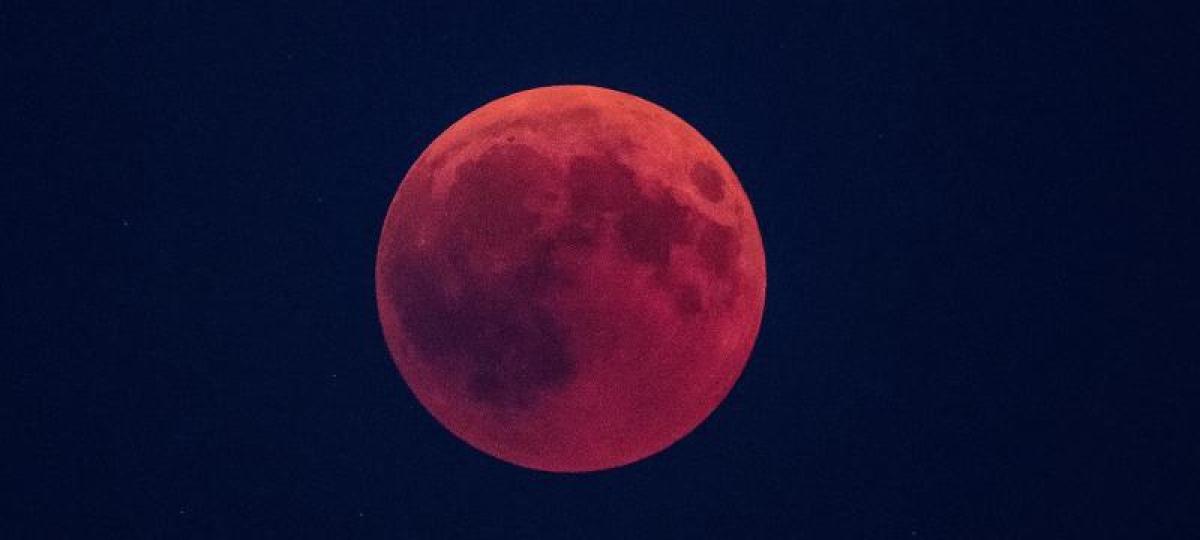The Lenzmond in March 2026 – a special full moon with total lunar eclipse

A name is assigned to every full moon in many cultures. There are also full moon names in Germany that have been passed on for years. Depending on the source and region, the moons are different.
When is the full moon in March 2026?
The Full moon reaches its maximum phase according to the astronomy app Starwalk on March 3, 2026 at 12.37 p.m. CET. Shortly afterwards, at 7.26 a.m. CET, a total lunar eclipse occurs. During this phase, the moon can appear reddish due to the spread of sunlight in the earth’s atmosphere – a phenomenon known as the « blood moon ».
On March 3, the moon leaves the Löwe constellation and wanders into the constellation of the Jungfrau. The moon will shine red for an hour and six minutes during the darkness, but we are in Germany not at the optimal place of observation – The darkness is completely visible from America.
Full moon in March 2026: What is behind the Lenzmond?
The full moon is an important part of the annual celebrations and used to help plan the year. For this reason, specific names have established themselves for the individual full moons. In Germany, the full moon in March is called Lenzmond. The term « Lenz » comes from Old High German and means spring. Therefore, the March full moon is considered a sign of the beginning of spring and the start of the agricultural season. The full moon in March also has an important meaning for Easter: the Christian festival is always celebrated on the first Sunday after the full moon, which takes place on or after March 21st. In 2026, the full spring moon falls on Tuesday, April 1st. The following Sunday is April 5, where Easter is celebrated.
NASA gives the following names for the March Moon, which have been handed down by various American indigenous trends. They are based on seasonal phenomena:
- Li): Relative List-None (&> Li): PL- (1.2EM) (&> Li): Marker: Text- (0) (&> Li): Relative (&> Li): Before: Absolute (&> Li): Before: W-3 (&> Li): Before: H-3 (&> Li): Before: BG-fire (& Li): Before: LEFT-0 (&> Li): Before: Top- (8px) (&> Li): Before: Rounded-Full My-5 « >
- Wurmmond (Worm moon): The name was used by southern native tribes, because in March the first earthworms could also be seen in March.
- Moon (Crow moon): Krähenmond is also a common name for the full moon in March. Northern tribes used this name because the loud croak of the crows is supposed to announce the approaching end of winter.
- Crusty moon (Crust Moon): According to NASA, crusty moon describes the frozen snow cover, which hardens by daily thaw and nightly freezing.
- Sugar moon (Sugar Moon): In Canada, March is the time of the maple syrup harvest because the juice begins to flow in the maple trees. Therefore, the full moon is also referred to as a sugar moon or juice moon (SAP MOON).
- Fasting moon (Lenten moon): In Christian traditions, the March Follm moon is loud Time and date associated with Lent, which often falls during this period.
By the way: In addition to the total lunar eclipse, there are more in March Spectacular heavenly events.







